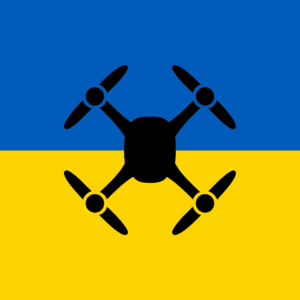 As you’ve undoubtedly read by now, a sophisticated Ukrainian operation (Operation Spider’s Web) launched drones from prepositioned storage crates outside four Russian air bases and blew up about a third of Russia’s strategic long-range bomber fleet. Destroyed planes include some Tu-22, Tu-95, and A-50 aircraft that date from the time of the USSR, which. Russia will have a hard time replacing.
As you’ve undoubtedly read by now, a sophisticated Ukrainian operation (Operation Spider’s Web) launched drones from prepositioned storage crates outside four Russian air bases and blew up about a third of Russia’s strategic long-range bomber fleet. Destroyed planes include some Tu-22, Tu-95, and A-50 aircraft that date from the time of the USSR, which. Russia will have a hard time replacing.
What’s been less noted was the software that powered these systems: ArduPilot, an open source project.
ArduPilot, initiated in 2007 by Chris Anderson and Jordi Muñoz, began as a project aimed at democratizing drone technology for enthusiasts and researchers. Over the years, it has evolved into a robust platform supporting various unmanned vehicles, including multicopters, fixed-wing aircraft, and even submarines (no, not that kind).
In the context of Operation Spide’sr Web, Ukraine leveraged ArduPilot’s capabilities to navigate drones deep into Russian territory, targeting airbases housing strategic bombers. The software’s flexibility enabled the programming of precise flight paths and autonomous operations, even in GPS-denied environments—a common challenge in electronic warfare scenarios.
Chris Anderson, reflecting on the software’s role in the conflict, expressed astonishment: “That’s ArduPilot, launched from my basement 18 years ago. Crazy.” Co-creator Jason Short added, “Not in a million years would I have predicted this outcome. I just wanted to make flying robots.”
And indeed he did. He also created a dual-use technology (one that has both peaceful and military uses). This in itself is nothing new – everything from gunpowder to cameras to cryptography is dual use, and drones themselves are obviously dual use. But no doubt this will spark some debates.























Leave a Reply